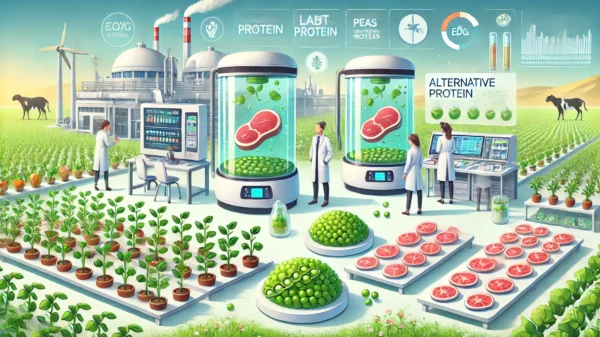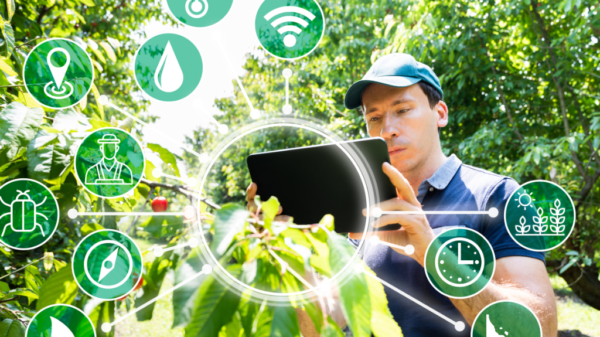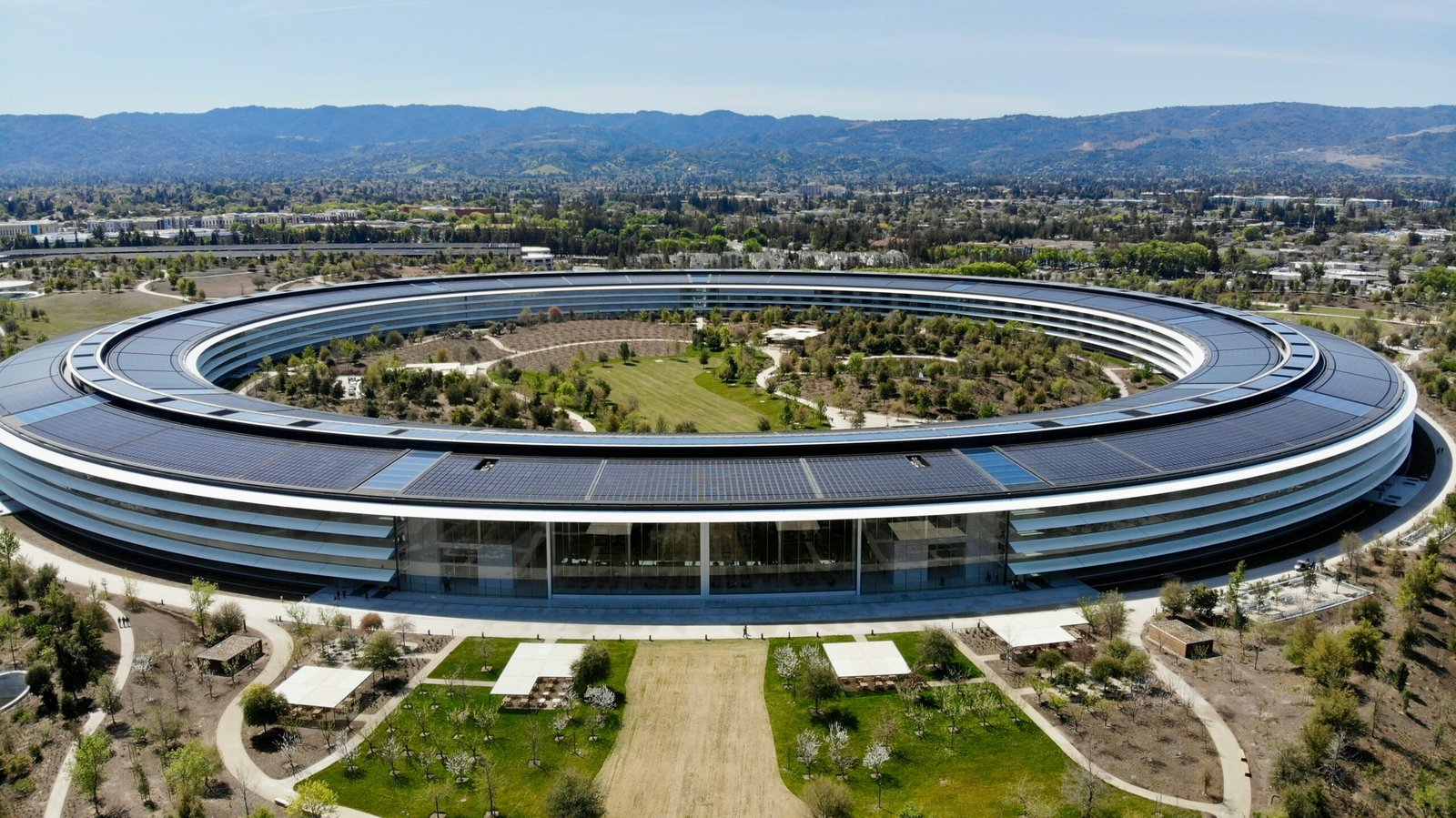5G and the Emergence of 6G: Paving the Way for Revolutionary Connectivity
The Global Rollout of 5G Nears Completion With the deployment of 5G technology nearing completion worldwide, the telecommunications industry is shifting focus to 6G, the next generation of mobile connectivity. 5G has already transformed many sectors by providing significantly faster data speeds and lower latency, supporting advanced applications in areas like autonomous vehicles, IoT, and augmented reality. As 5G networks expand, they are laying the groundwork for new, high-bandwidth services and creating the infrastructure needed to prepare for the anticipated advancements that 6G promises.
What 6G Could Mean for Data Speeds and Connectivity
While 5G data speeds are impressive, 6G is expected to reach up to 100 times faster speeds. Experts anticipate that 6G will offer speeds of 1 terabit per second (Tbps) and latency as low as one microsecond. This advancement would provide near-instantaneous data transfer, creating opportunities for real-time applications that require massive data throughput, such as advanced robotics, virtual and augmented reality experiences, and immersive media. The increased speeds and lower latency could redefine connectivity, pushing the boundaries of what is possible in digital communication.
Transformative Applications Across IoT and Smart Cities
The implications of 6G technology are expected to extend well beyond personal devices. With its increased capacity, 6G will support a vast array of interconnected devices in the Internet of Things (IoT), facilitating smarter homes, industries, and infrastructure. For smart cities, 6G could enable more efficient energy management, traffic optimization, and public safety enhancements. Autonomous transportation, for instance, would benefit from near-zero latency, as vehicles could communicate in real-time, leading to safer and more efficient traffic management. By empowering IoT, 6G is set to support sustainable urban growth and improve quality of life.
Revolutionizing Healthcare with Ultra-Reliable Connectivity
Healthcare is another sector expected to benefit significantly from 6G technology. With 6G’s ultra-low latency, telemedicine services could provide real-time, high-definition video streaming for remote surgeries and medical consultations. Furthermore, 6G could enable wearable health devices to continuously monitor patients, immediately alerting medical professionals to critical changes in health status. The technology also promises advancements in augmented and virtual reality (AR/VR) in healthcare training, allowing medical students to practice in highly realistic, data-rich environments.
Challenges in Developing 6G Infrastructure
Although 6G holds great promise, its development and implementation pose numerous technical challenges. The high frequencies needed to achieve 6G speeds require new infrastructure and may have limited range, requiring a dense network of base stations and advanced signal processing technology. Additionally, significant research and investment are necessary to optimize power efficiency and handle the vast data capacity 6G demands. Despite these challenges, governments and corporations are already investing in research initiatives to lay the groundwork for a future 6G network.
Conclusion: 6G’s Potential to Redefine Connectivity
As discussions around 6G technology take shape, the possibilities it introduces could transform sectors as diverse as healthcare, IoT, and urban development. With the promise of unparalleled speeds and minimal latency, 6G has the potential to redefine what’s possible in connectivity, pushing innovation to new heights. Although it is still several years from deployment, the foundation laid by 5G will be instrumental in supporting the future of 6G, setting the stage for revolutionary advancements across industries.
































